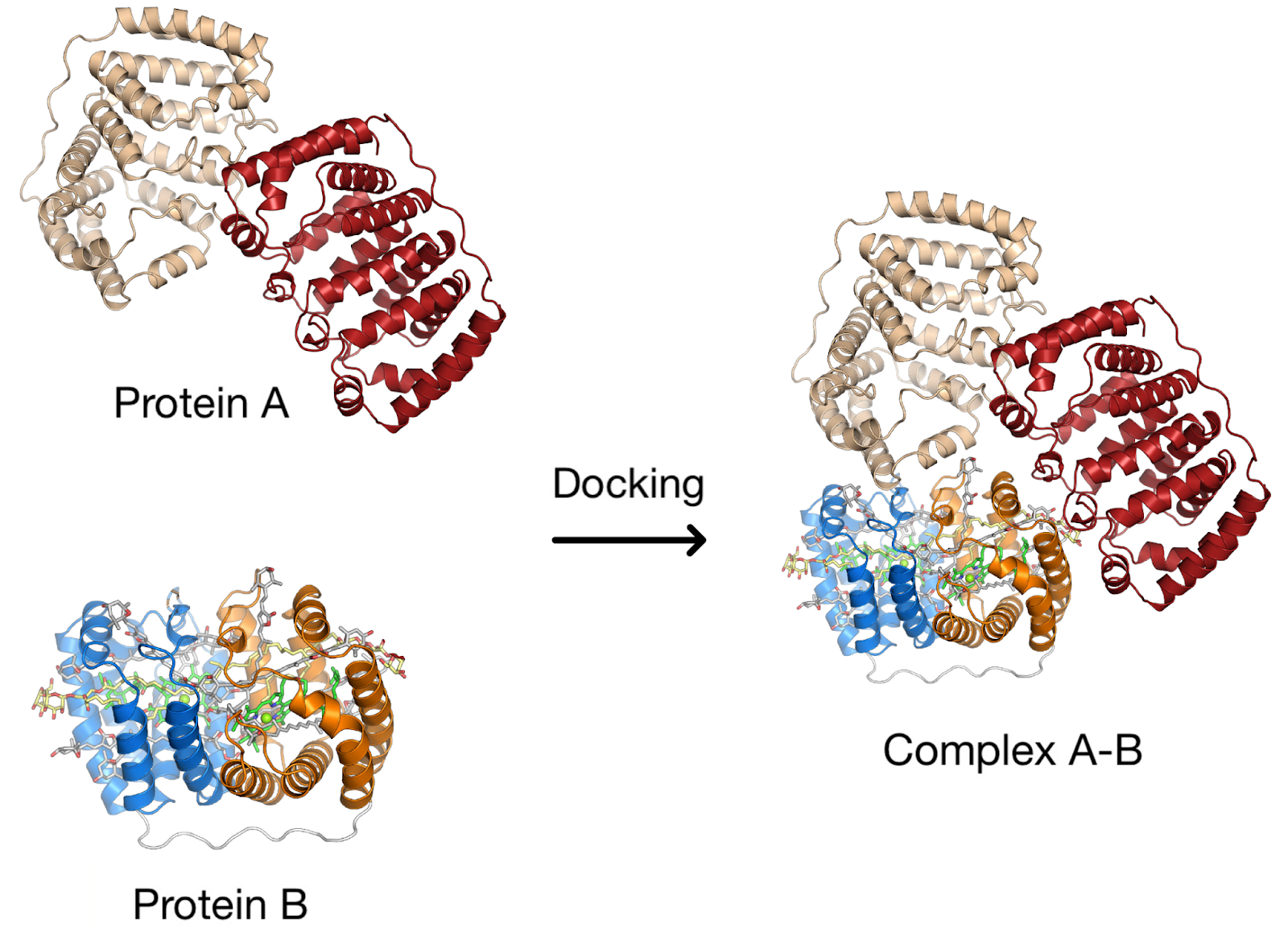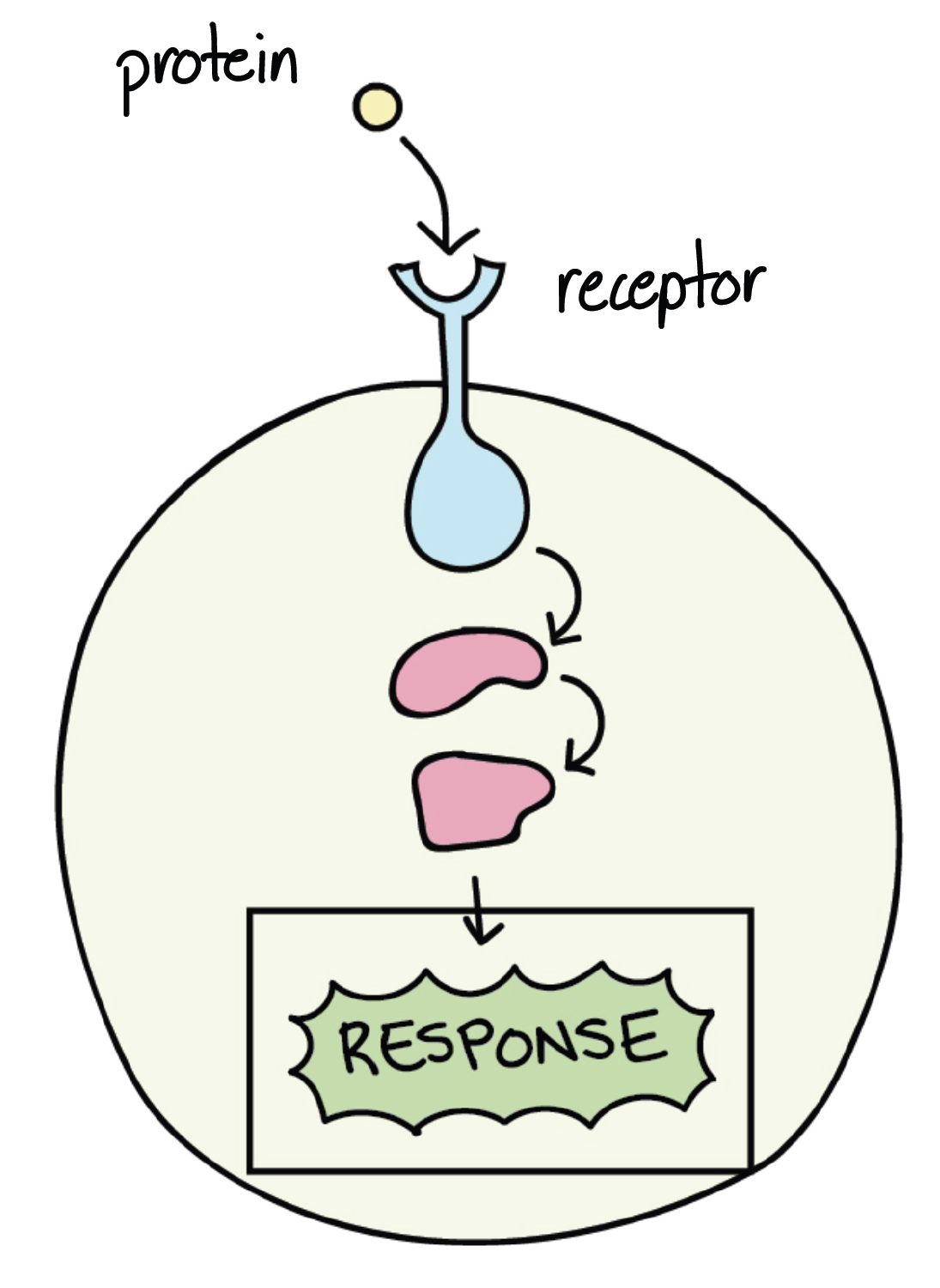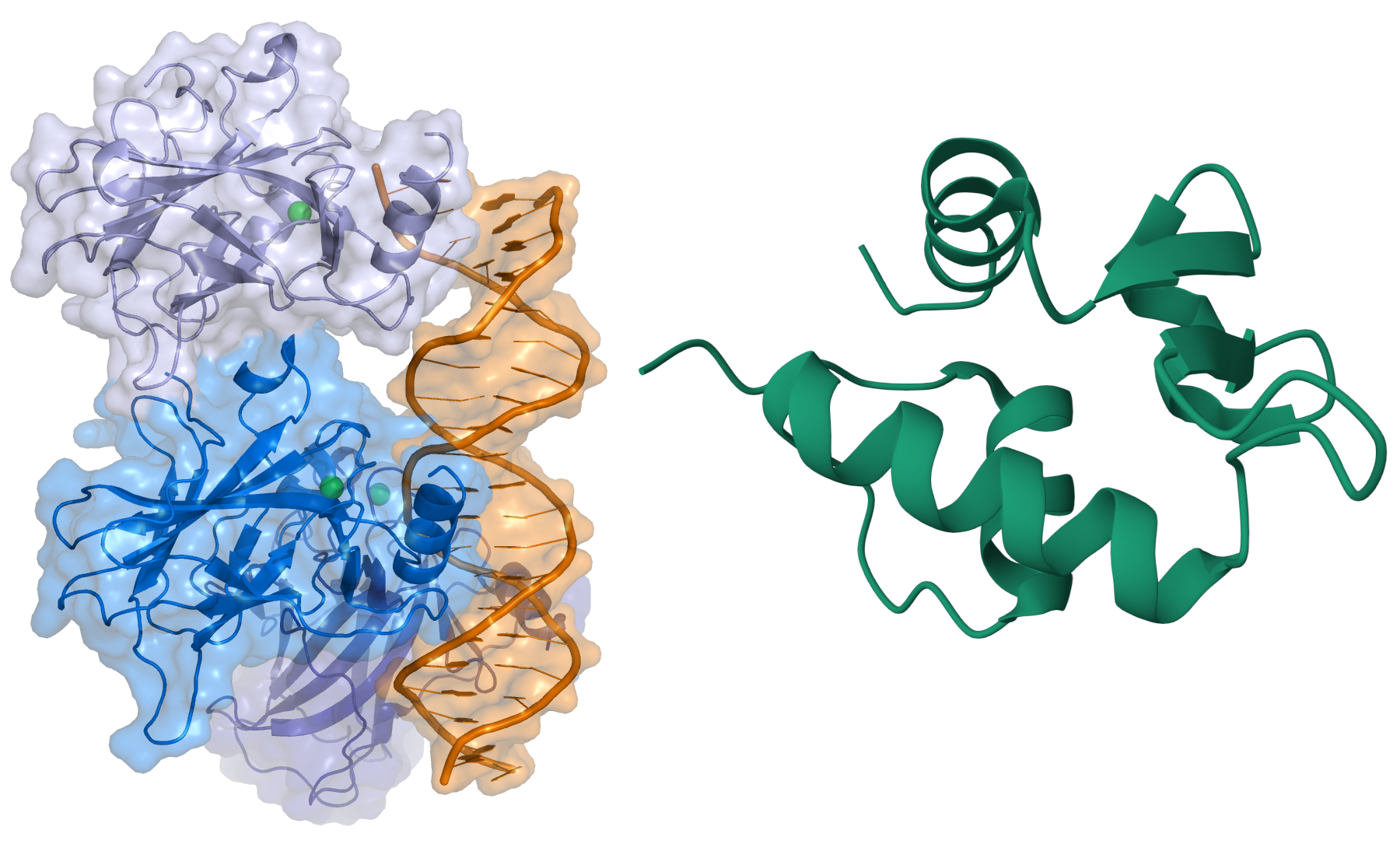Protein-Protein Docking Simplified: Illuminating the Mechanics of Protein Interactions
Written by Amélie Lagacé-O'Connor | Published 2023-7-17
Written by Amélie Lagacé-O'Connor | Published 2023-7-17
In the complex world of molecular biology, proteins are the key players in many cellular processes. These proteins must bind to and interact with each other with high precision and efficiency. Have you ever wondered how such processes and events occur and why? Well in this blog post, we will explore a tool called molecular docking that is used by researchers to uncover such mysteries.
Molecular docking, more specifically protein-protein docking, is the process of using computer models to predict the three-dimensional structure of a protein complex. At its core, the goal of docking is to determine how the individual proteins interact and bind together to form the most energetically favorable spatial arrangement.
Researchers begin by finding the structures of the individual proteins, laying an important foundation for subsequent docking calculations. These docking calculations are algorithms that will generate multiple potential orientations for the interacting proteins. It takes into consideration the complementarity of their surfaces and potential interactions between the amino acid residues to generate the possible orientations. These are then ranked by the system based on their compatibility and the strength of the predicted interaction.

Protein-protein docking holds significant importance in unraveling the intricate mechanisms underlying signal transduction, enzymatic reactions, and molecular recognition. By delving into these processes, researchers are able to glean invaluable insights, paving the way for remarkable advancements in medicine. Such understanding plays a pivotal role in the development of effective therapeutics, as a deeper comprehension of disease pathways becomes indispensable.
Signal transduction, the transmission of signals from the outside of the cell to the inside, influences various biological processes. Protein-protein docking allows researchers to investigate the formation of protein complexes involved in these pathways, providing insight into their activation and regulation of downstream pathways. By unraveling the secrets behind cell communication, protein-protein docking contributes to breakthroughs in understanding diseases like cancer, offering new angles on potential therapeutic targets and strategies. This innovative technique fuels the drive towards transformative interventions, paving the way for effective treatments and improved patient outcomes.

Enzymes, as important catalysts in most biochemical processes, hold the key to driving essential cellular processes. Protein-protein docking can be a powerful tool in this area, giving us insight into how these interactions occur. By demonstrating how enzymes attach to specific binding sites on their counterparts and how the binding site of a protein is recognized, protein-protein docking deepens our understanding of the mechanisms behind many important biological processes. This information becomes crucial in revolutionizing various fields, from biotechnology to medicine, and pave the way for groundbreaking applications that harness the true potential of these remarkable biological catalysts.
Protein-protein docking is a versatile tool with many applications, connecting many research fields. It’s used in the field of drug discovery and design, structural biology, understanding disease mechanisms, experimental design, and systems biology and network analysis. This incredible tool allows researchers to figure out how diseases progress, how complex biological processes occur, and the structure of elaborate molecular networks.
Protein-protein docking, specifically in the field of drug design and discovery, allows for a better understanding of the interaction that occurs between a drug ligand and its target. Think of it as a molecular matchmaking process. Thousands of compounds are screened, then researchers select those that have the potential to inhibit or interfere with disease-causing protein interactions. Essentially, it allows researchers to see which proteins could be used to combat various diseases and to predict how effective certain drugs will be at combating those diseases.
One example that demonstrates the importance of protein-protein docking technology is in the battle against cancer with the proteins p53 and MDM2. P53 is a tumor suppressor protein that plays a critical role in preventing the formation and progression of cancerous cells. However, when this tumor suppressor interacts with the protein MDM2, p53 is targeted for degradation and can no longer help prevent cancer progression. Recognizing the potential for disrupting this interaction, researchers found a way they could exploit it as an anticancer therapeutic.
In the early 2000s, researchers recognized that they needed more information on the interaction between the protein p53 and MDM2 in order to design a drug that could disrupt that interaction. To tackle this obstacle, they turned to protein-protein docking techniques. This innovative model allowed them to study the structure and spatial arrangement of the interaction and identify potential small molecules that could inhibit it.
These studies led to the design of inhibitors such as Nutlin-3 that specifically bind to the p53-binding site on the MDM2 protein and inhibit its interaction with p53. This meant that the protein p53 was free to continue its regular function and therefore prevent cancerous growth.
This example demonstrates the importance of protein-protein docking in the field of drug design and discovery. While other techniques were used to design the ligand that could interfere with that specific protein-protein interaction, they first had to understand the structure of that interaction. Using protein-protein docking, they gained the knowledge necessary for understanding and preventing the interaction between p53 and MDM2.

Protein-protein docking emerges as a transformative tool, empowering researchers to delve into the intricate mechanisms governing protein interactions that are fundamental to life processes. By constructing accurate three-dimensional models of protein complexes, scientists gain invaluable insights into the workings of complex diseases and other biological phenomena, equipping them with the knowledge needed to develop targeted drugs that can effectively combat these conditions. As our understanding of molecular interactions grows and computational power advances, protein-protein docking remains a pivotal instrument, playing a crucial role in unraveling the enigmatic realm of protein interactions. With each discovery, we move closer to unraveling the intricate web of life's fundamental building blocks.
By Keaun Amani
By Danial Gharaie Amirabadi
By Danial Gharaie Amirabadi
By Danial Gharaie Amirabadi
By Amélie Lagacé-O'Connor
By Keaun Amani
Register for free — upgrade anytime.
Interested in getting a license? Contact Sales.
Sign up free